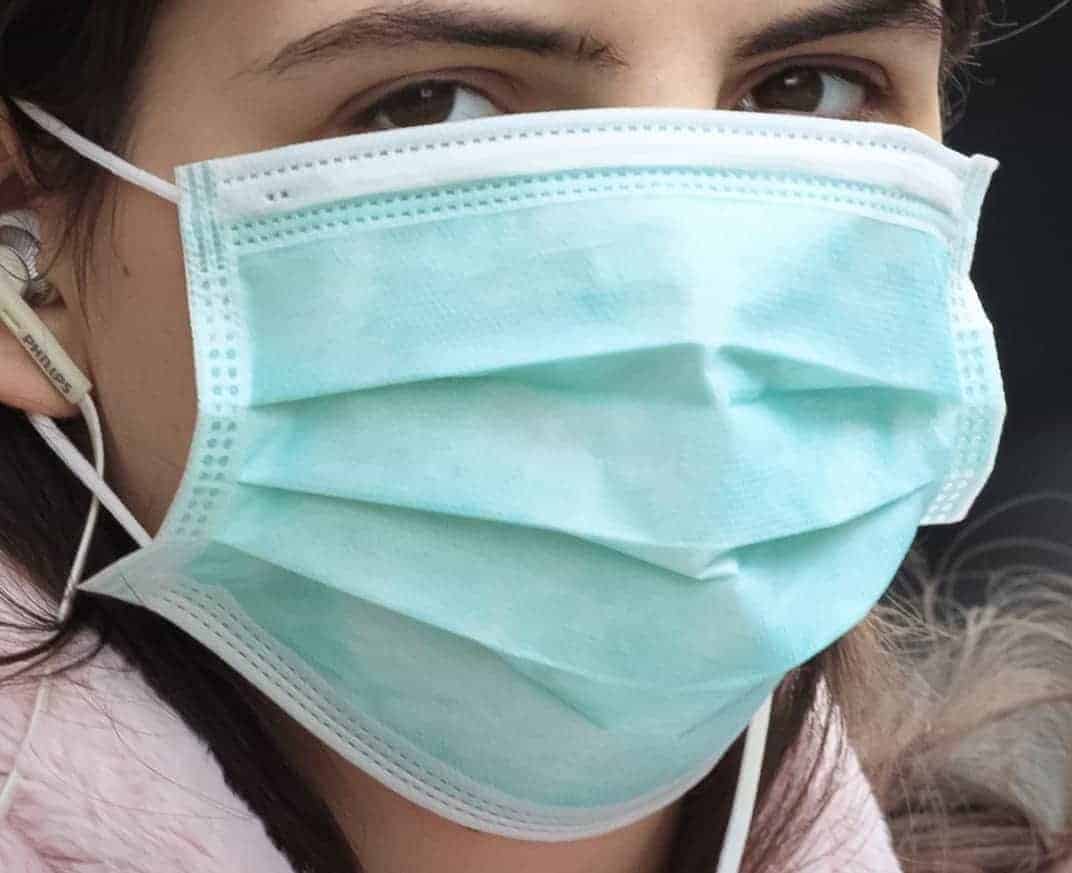
Credit;PA
Keeping six feet apart may not be enough to protect people from COVID-19 during windy weather, warns a new study.
Scientists say the risk of transmitting the virus is higher when it’s windy.
While there are still many unknowns about the airborne transmission of coronavirus, researchers have warned that saliva droplets travel further when even the slightest of breezes is present.
The study, published in the journal Physics of Fluids, revealed that – with a breeze of just four kilometres-per-hour – droplets travel 18 feet in five seconds.
Study author Professor Dimitris Drikakis, Vice President for Global Partnerships at the University of Nicosia in Cyprus, said: “The droplet cloud will affect both adults and children of different heights.
“Shorter adults and children could be at higher risk if they are located within the trajectory of the traveling saliva droplets.”
Saliva is a complex fluid, and it travels suspended in a bulk of surrounding air released by a cough.
Many factors affect how saliva droplets travel, including the size and number of droplets, how they interact with one another and the surrounding air as they disperse and evaporate and the humidity and temperature of the surrounding air.
To study how saliva moves through air, researchers created a simulation that examines the state of every saliva droplet moving through the air in front of a coughing person.
The model considered the effects of humidity, dispersion force, interactions of molecules of saliva and air, and how the droplets change from liquid to vapour and evaporate.
The analysis involved running differential equations on over a thousand saliva droplets, and solving roughly 3.7 million equations in total.
Co-author Professor Talib Dbouk, from the University of Nicosia, said: “Each cell holds information about variables like pressure, fluid velocity, temperature, droplet mass, droplet position, etcetera.
“The purpose of the mathematical modelling and simulation is to take into account all the real coupling or interaction mechanisms that may take place between the main bulk fluid flow and the saliva droplets, and between the saliva droplets themselves.”
Professor Drikakis added: “This work is vital, because it concerns health and safety distance guidelines, advances the understanding of spreading and transmission of airborne diseases, and helps form precautionary measures based on scientific results.”
Related – A view from general practice during Covid-19; a new way of working